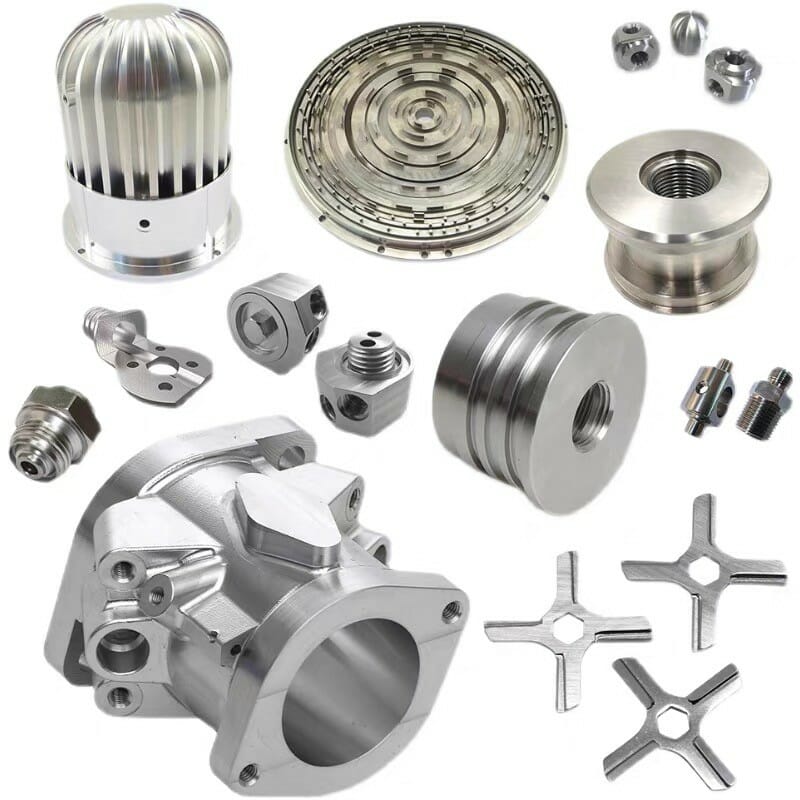Reverse CNC milling is that when the milling cutter cuts into the workpiece, the cutting speed direction is opposite to the feed direction of the workpiece.
During reverse CNC milling, the cutting thickness of the cutter teeth increases gradually from zero. At the beginning of cutting, due to the influence of the blunt radius of the cutting edge, the cutter teeth slip on the workpiece surface, resulting in extrusion and friction, resulting in serious cold and hard layer on this surface. When sliding to a certain extent, the cutter teeth can cut off a metal layer. When the next cutter tooth cuts in, it squeezes and slides on the cold hard layer, which makes the cutter tooth easy to wear and increases the surface roughness of the workpiece. In addition, when the contact angle is greater than a certain value during reverse milling, the vertical milling component is easy to cause vibration upward
Forward CNC milling is that the cutting speed direction when the milling cutter cuts out the workpiece is the same as the feed direction of the workpiece.
During forward CNC milling, the cutting thickness of the cutter teeth gradually decreases from the maximum to zero, avoiding the extrusion and sliding of the cutter teeth during reverse milling. The work hardening degree of the machined surface is greatly reduced, the surface quality is also high, and the tool durability is also higher than that during reverse milling. At the same time, the cutting force in the vertical direction is always pressed against the workbench to avoid the vibration of the workpiece.
During forward CNC milling, the longitudinal component direction of milling force is always the same as the longitudinal force direction driving the workbench to move. If there is a gap between the lead screw and the nut transmission pair, when the longitudinal milling component is greater than the friction between the worktable and the guide rail, the lead screw driven by the worktable will move, resulting in the vibration of the worktable and the uneven feed of the worktable. In serious cases, the phenomenon of cutting will occur. Therefore, on the milling machine without lead screw nut clearance elimination device, reverse CNC milling should be adopted.

